The Rise of Pre-Engineered Buildings in India
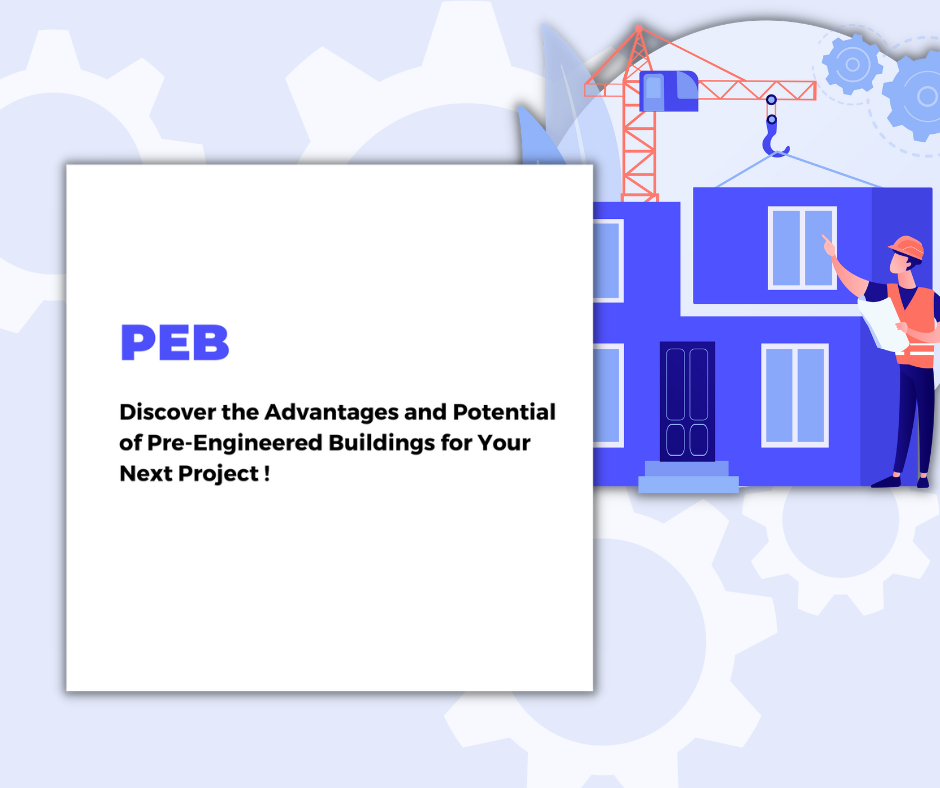
What are Pre-engineered Buildings?
Pre-engineered buildings or PEBs are buildings that are prepared onsite and transported to the building site where they are assembled to create a complete building. The components of a pre-engineered building including steel beams, columns, roof, and wall panels are pre-designed and pre-engineered.
The framework of Pre-engineered buildings is often made of steel, while the outside walls and roof are typically coated with steel sheeting or insulated sandwich panels. After being fabricated at a factory, the structural components are transported to the construction site for assembly. Every detail is planned in a detailed blueprint, and the framework is built before manufacturing begins. Because of this, they have been given this particular moniker.
Advantages of Pre-engineered Structures over traditional structures in India
1) Less Time Consuming
Compared to traditional construction, PEB structure construction is significantly faster. This is because PEB components are pre-manufactured off-site, enabling faster on-site assembly. This feature is especially advantageous if there is a time constraint for facility completion. Traditional building methods involve significant time and resource investment, whereas PEBs offer a solution that overcomes these limitations and streamlines production for PEB manufacturers.
2) Cost Effective
A PEB building is the least expensive option because of its simple design and construction. It is also preferred since it can be recycled. Almost everything may be reused or recycled. It's simple to arrange for dismantling the prefabricated structures in India if necessary. There will be virtually any waste in it. Installation of a PEB building is simple. The building's framework is almost entirely built in the factory before being shipped to the construction site for assembly. That's why PEB is the best option, and it helps the market expand. It is simple to build and inexpensive, and once it's up, it needs far less maintenance than a conventional building.
3) Fast Construction
Pre-engineered buildings are ideal for the government's infrastructure push due to their rapid assembly time. Since PEB technology is so simple to implement, it is the best option for producing fast outcomes. Demand is increasing as a result, both from the public and the private sectors. Warehouses, storage facilities, industrial sheds, multi-story buildings, cold storage facilities, etc., all fall into this category.
4) Durable
In the earthquake-prone zone, pre-engineered buildings are favoured due to their high durability and reasonable earthquake resistance. When properly installed, PEB can weather even the most severe storms. It's the toughest there is. The greatest warranties in the business are included with these structures. Once only seen in specific contexts, PEB structures are now ubiquitous.
5) Versatile
Pre-fabricated structures have a high degree of adaptability and can be used for many purposes. There is a pre-engineered solution for each structure, whether a giant factory or a tiny garden shed Pre-fabricated buildings are replacing traditional ones because of their many advantages.
6) Eco-friendly and profitable
According to Indian PEB producers, Prefabricated steel structures are environmentally beneficial since they are built of high-end steel and can be recycled up to 90% of the time, which in turn helps reduce carbon emissions by a sizeable amount. Both environmentally friendly and financially rewarding. Leading PEB manufacturers employ energy-saving methods to make their products, significantly reducing carbon dioxide emissions. These constructions don't generate any solid waste or contribute to pollution in the same way as concrete buildings do.
Market Growth and Forecast of PEB
Growing demand is expected to be aided by the growing trend toward eco-friendly building practices. Many PEB producers, for instance, have created high-efficiency windows and insulation for rooftops, walls, ceilings, and floors to boost energy efficiency. Top players in both the global and domestic markets are diversifying their operations by expanding into new areas like engineering design, project contracting, the production of heavy structural steel buildings, and a focus on vertical integration. Meanwhile, merger and acquisition activity provides a platform for inorganic growth and the extension of both companies' geographic and product reaches.
The expansion of the PEB market in India can be attributed to the product's widespread use. Market growth for PEB can be attributed to its suitability for use in commercial, industrial, and infrastructure projects, all of which benefit from its reduced construction times and lower costs without sacrificing aesthetic quality. Furthermore, the number of SEZs in India is expanding rapidly due to numerous government policies.
Conclusion
Pre-engineered buildings have always been an option for building developers, but in the last few years, their popularity has increased markedly. It is because these structures can be customized to suit individual needs, and their modularity opens up a range of options that maximize efficiency. They are, in other words, flexible and highly adaptable. They save money, time, and effort and can be built in a shorter time and at a much lower cost than traditional structures. The potential benefits of pre-engineered buildings in India and the related opportunity have only recently been recognized. Once they are better understood, their benefits will likely be more widely appreciated and implemented.
Talk with the experts today, dial +91-9884085510
Your Requirements
Related
Blogs


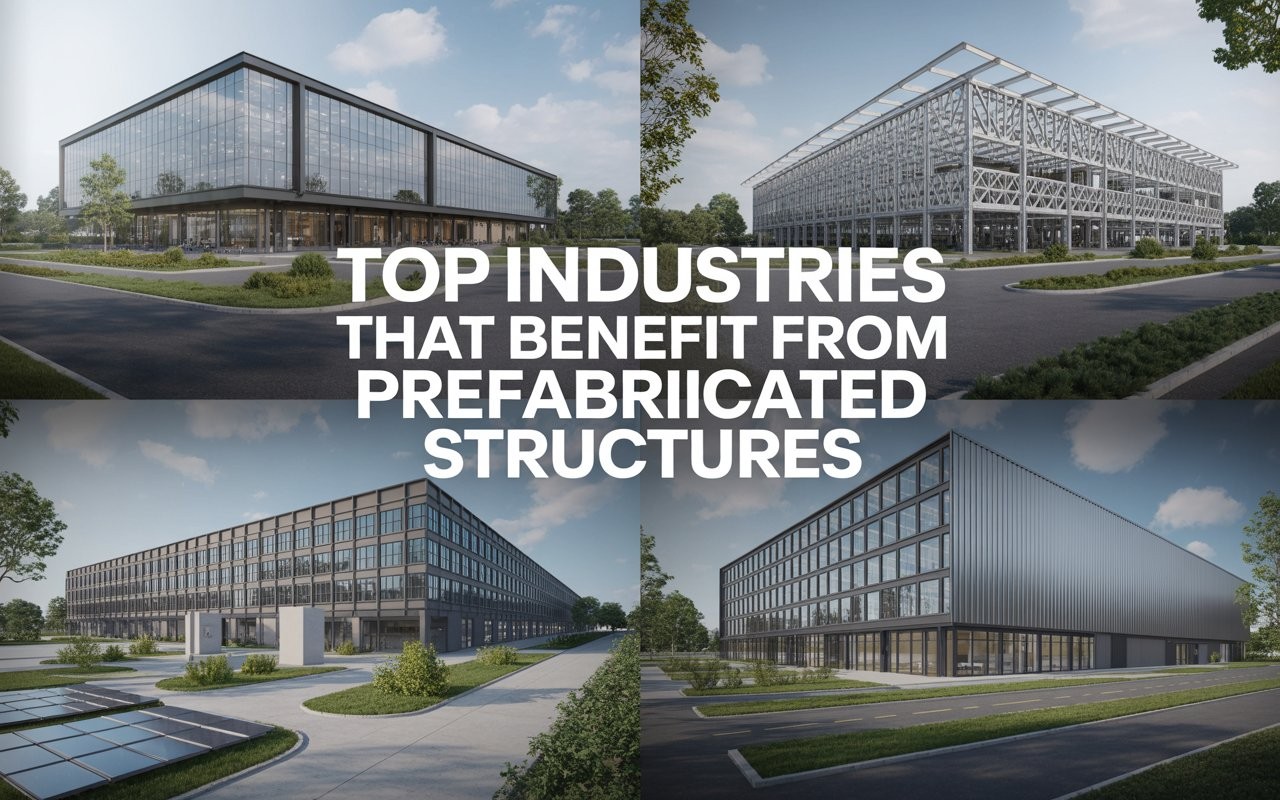
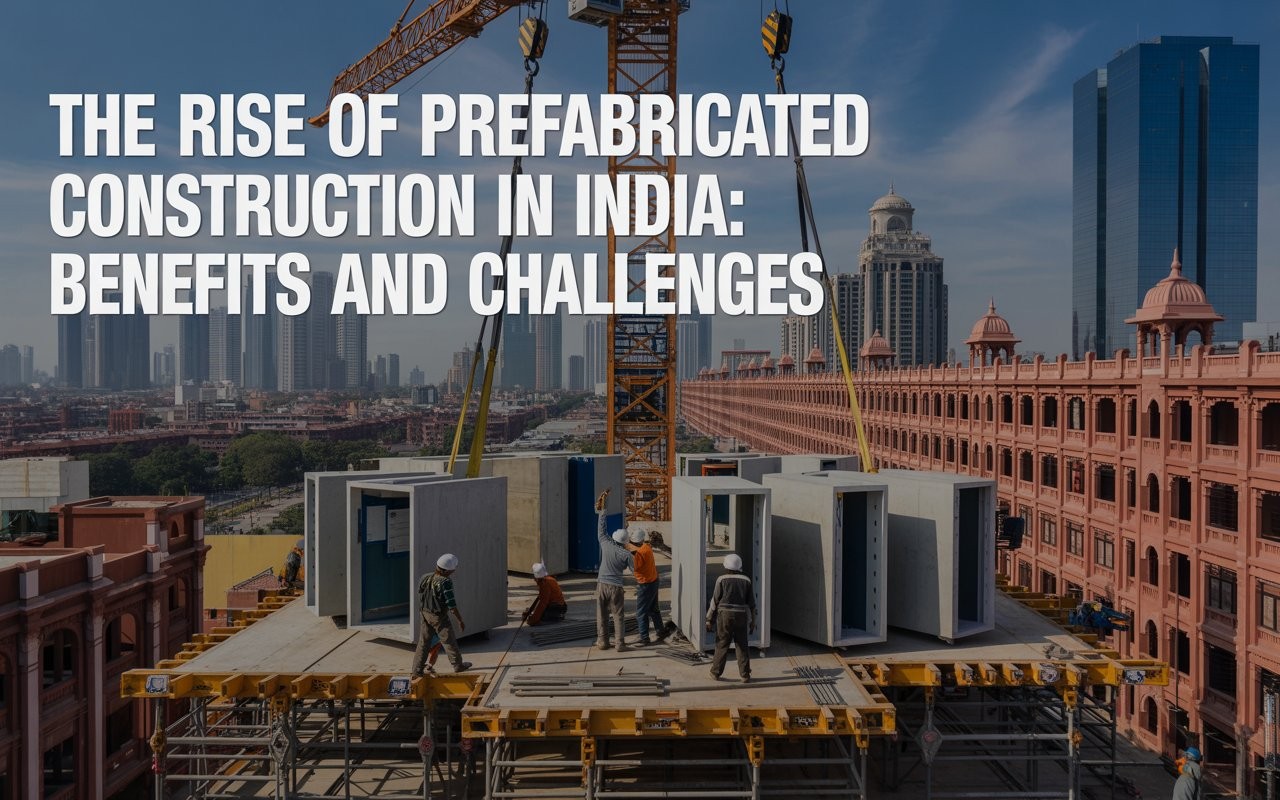

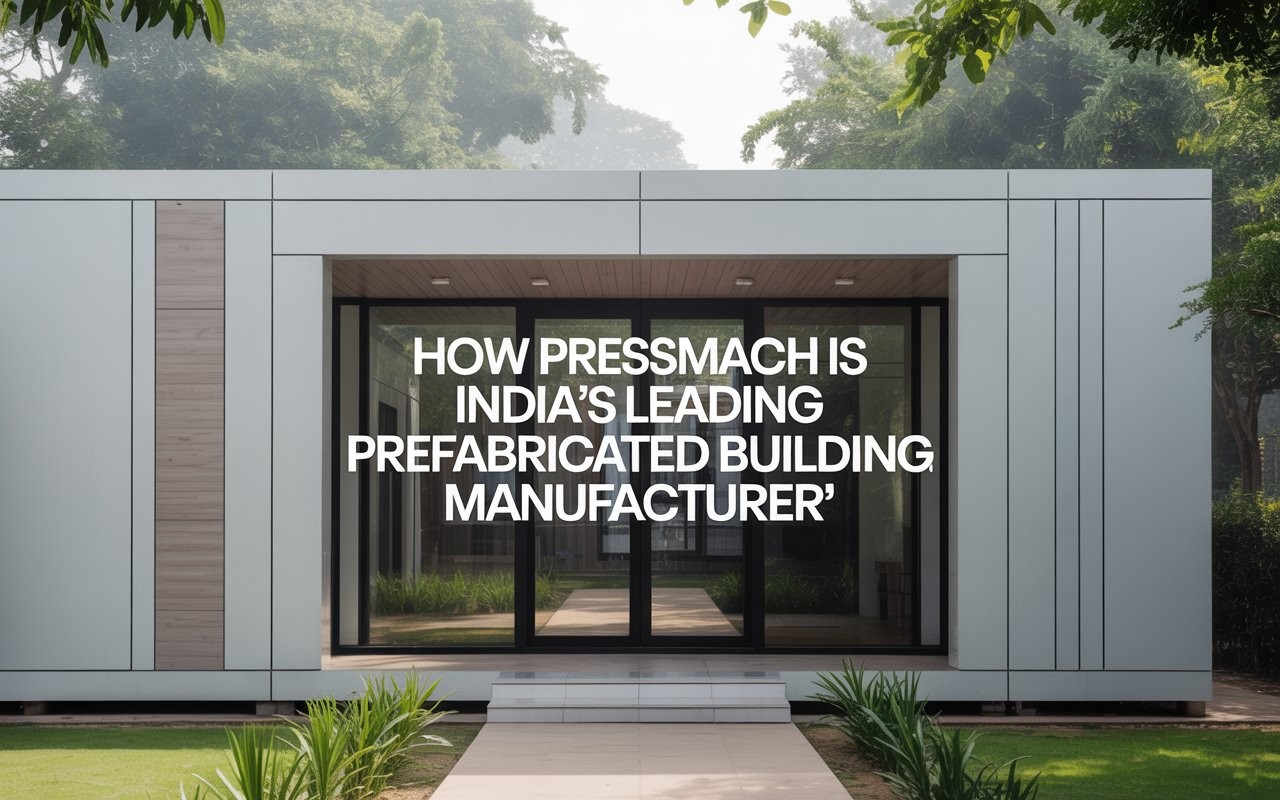
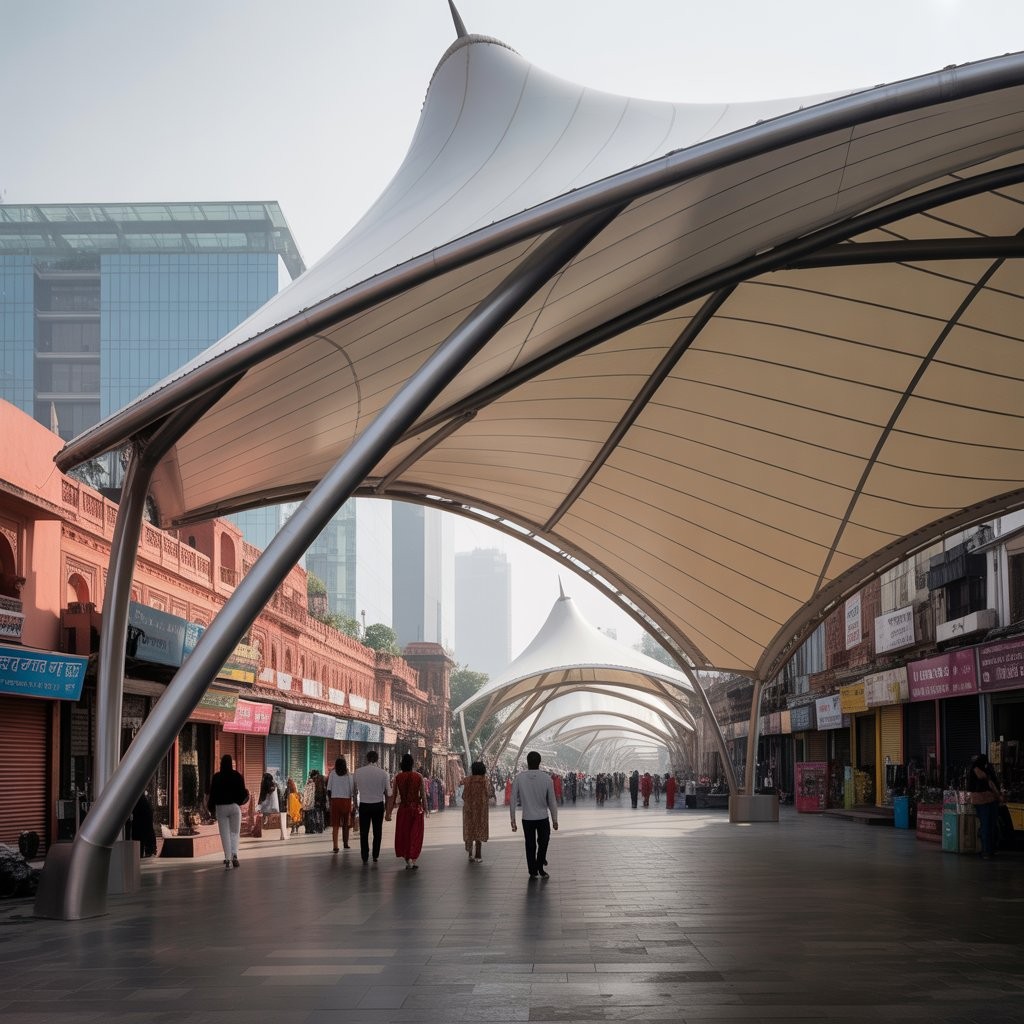
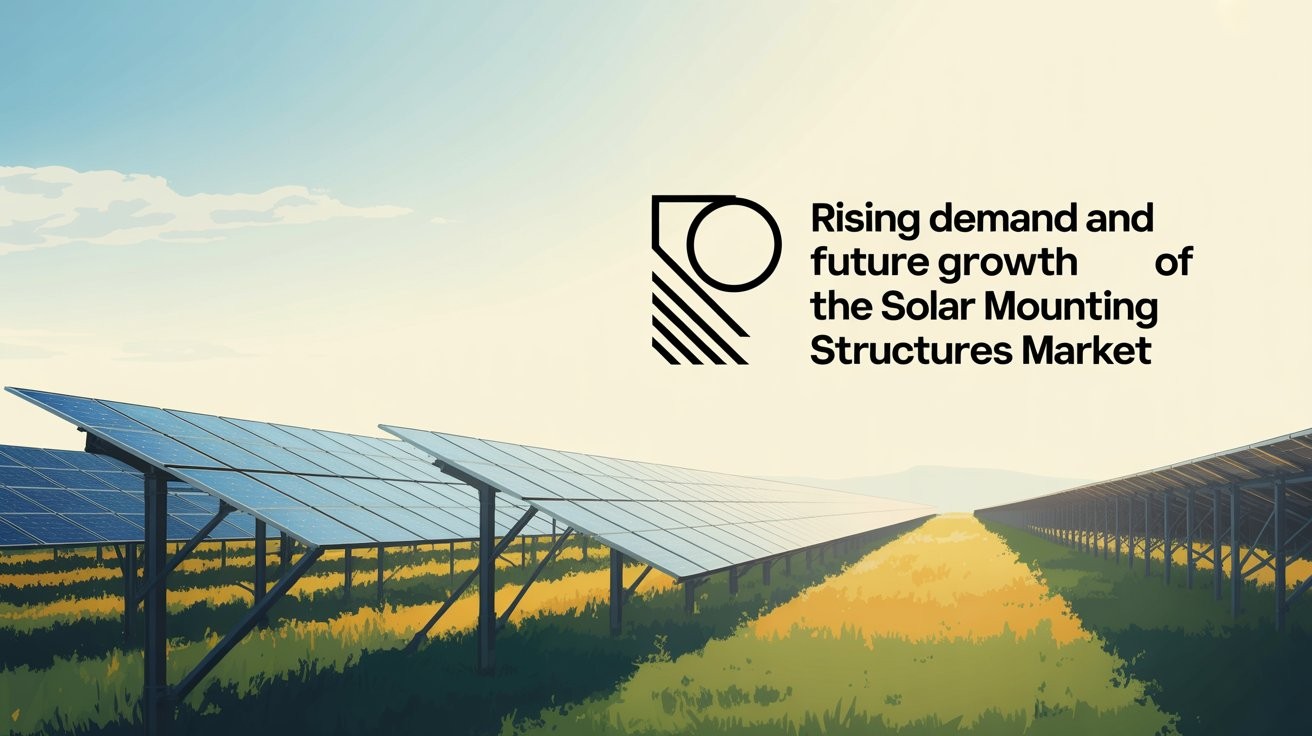
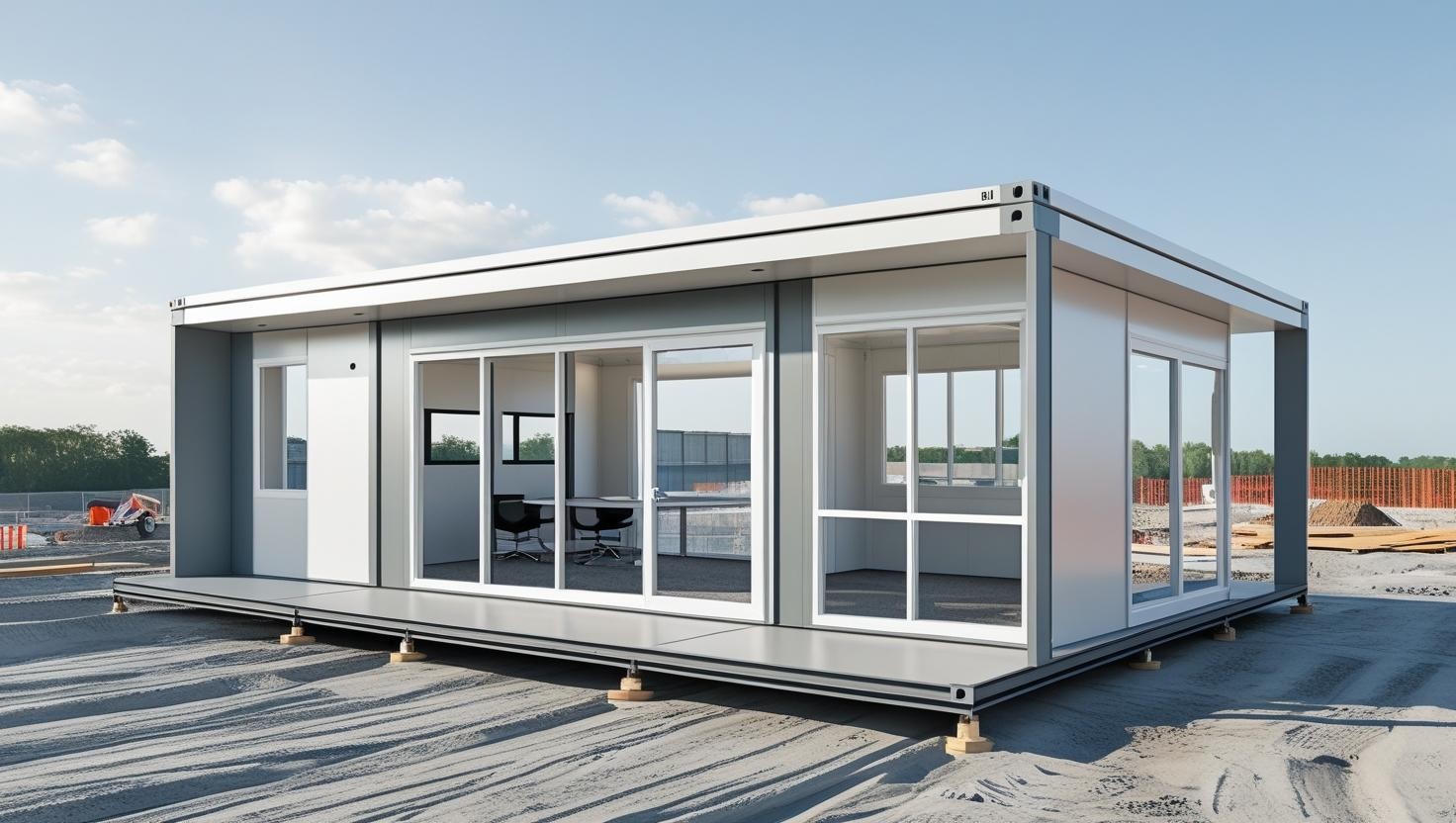
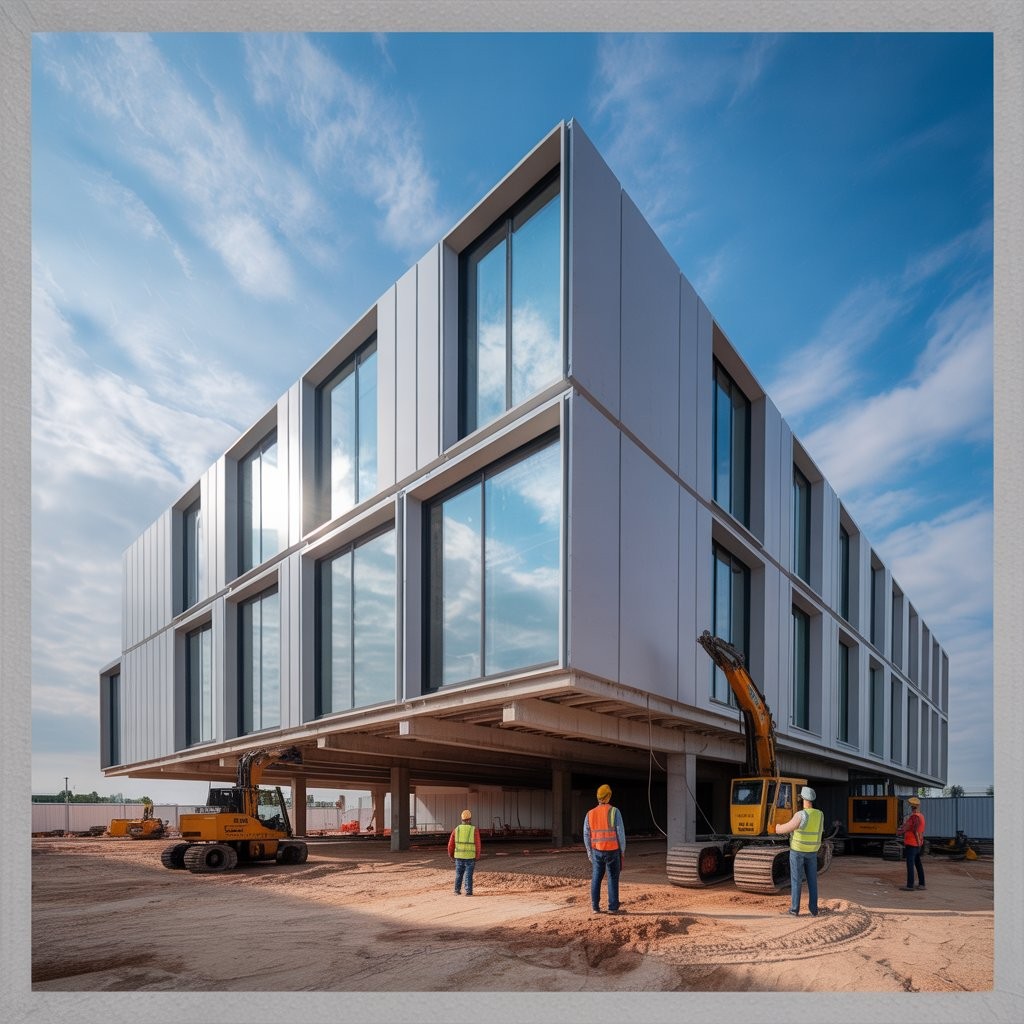










6790c3d8f29a2.jpeg)

























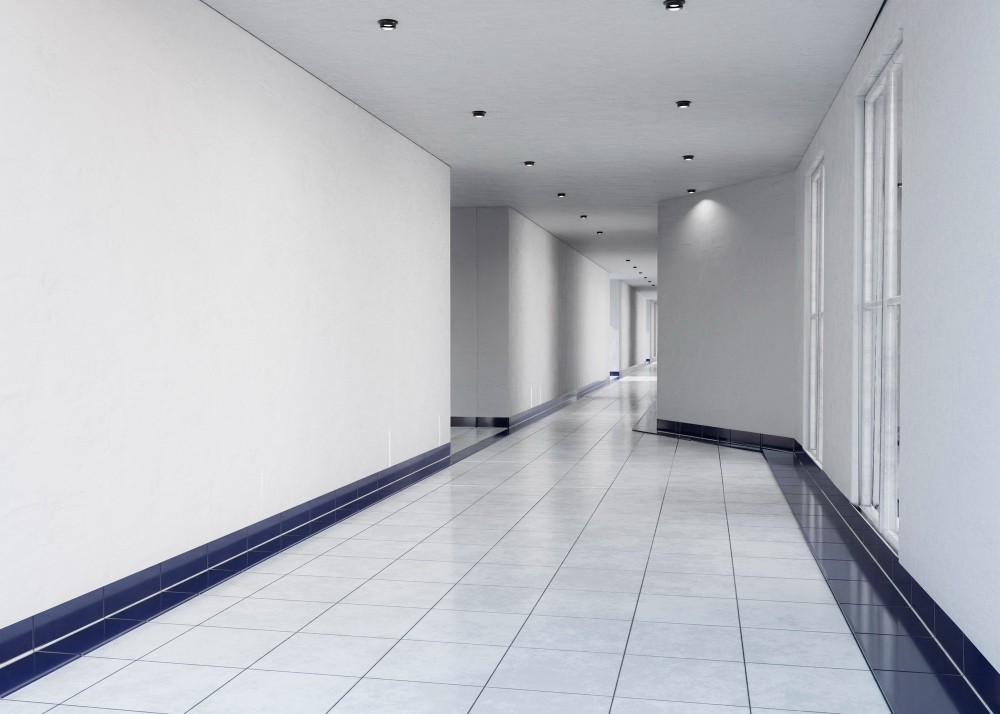
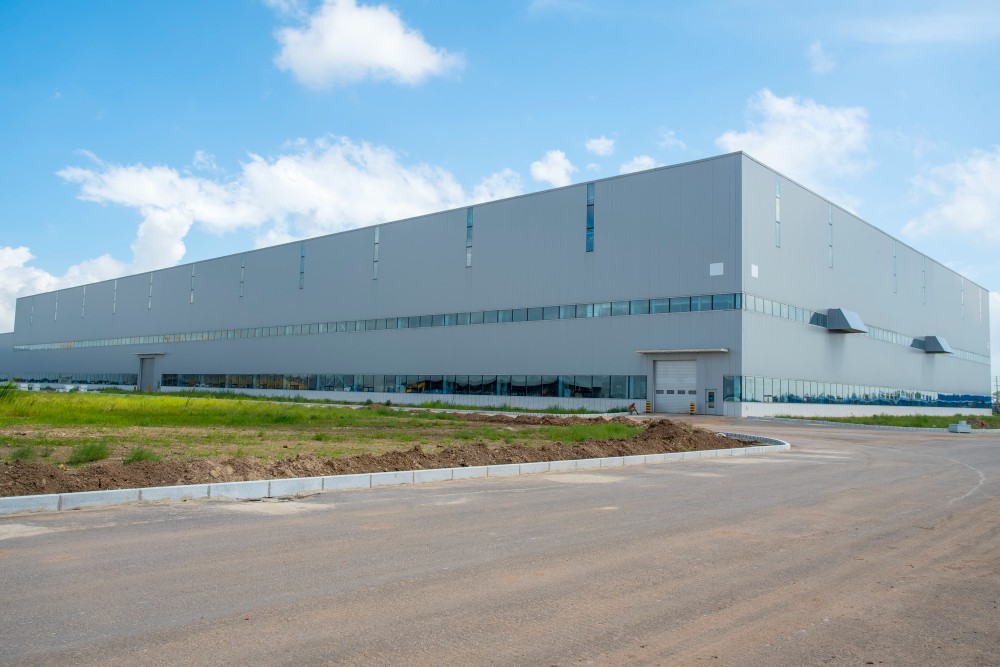

65cf4d38697f9.webp)

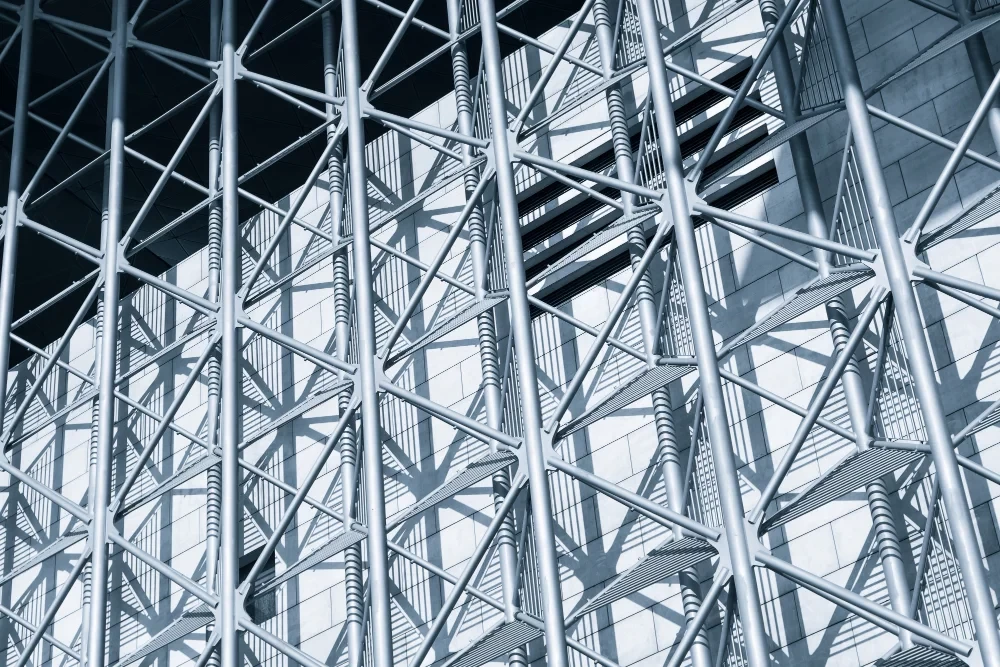
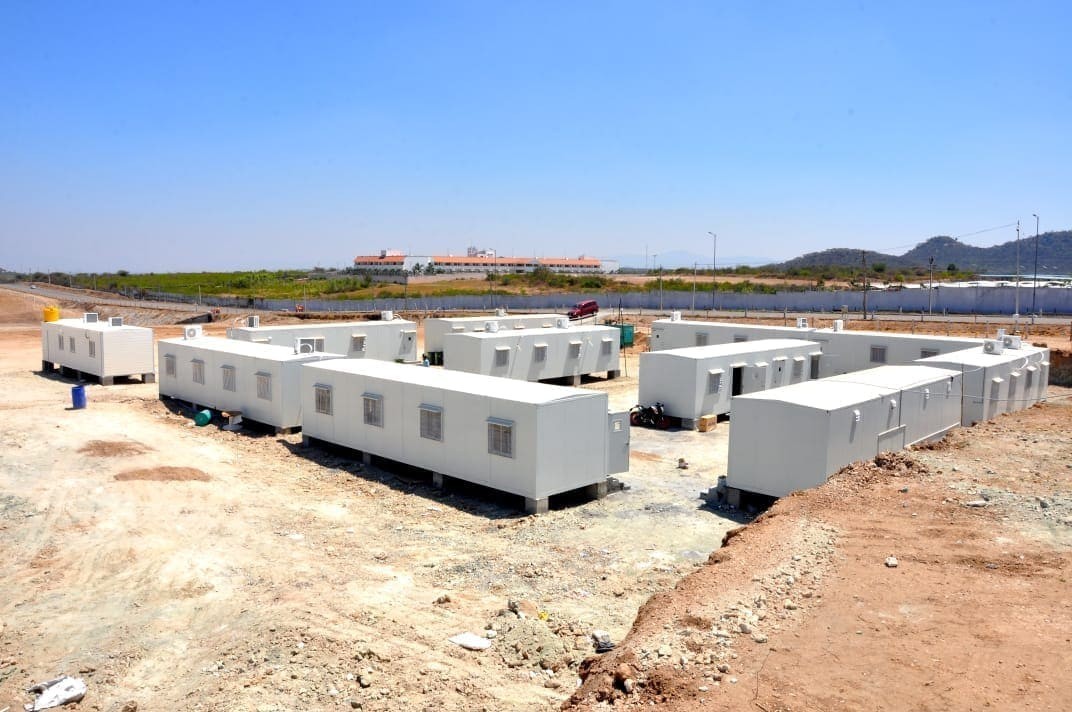
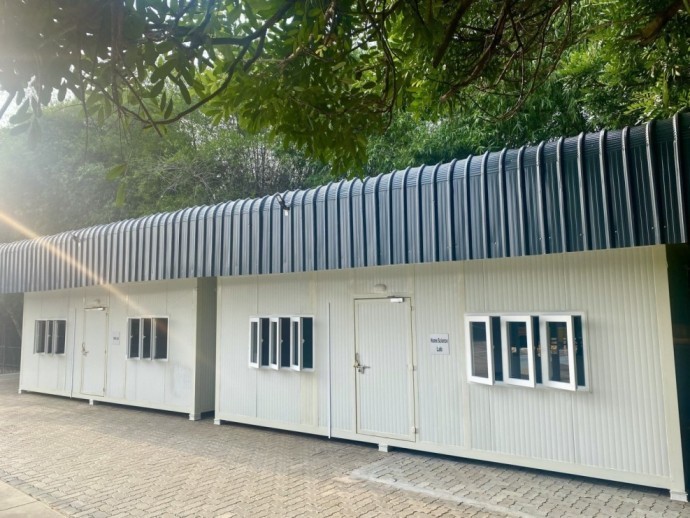

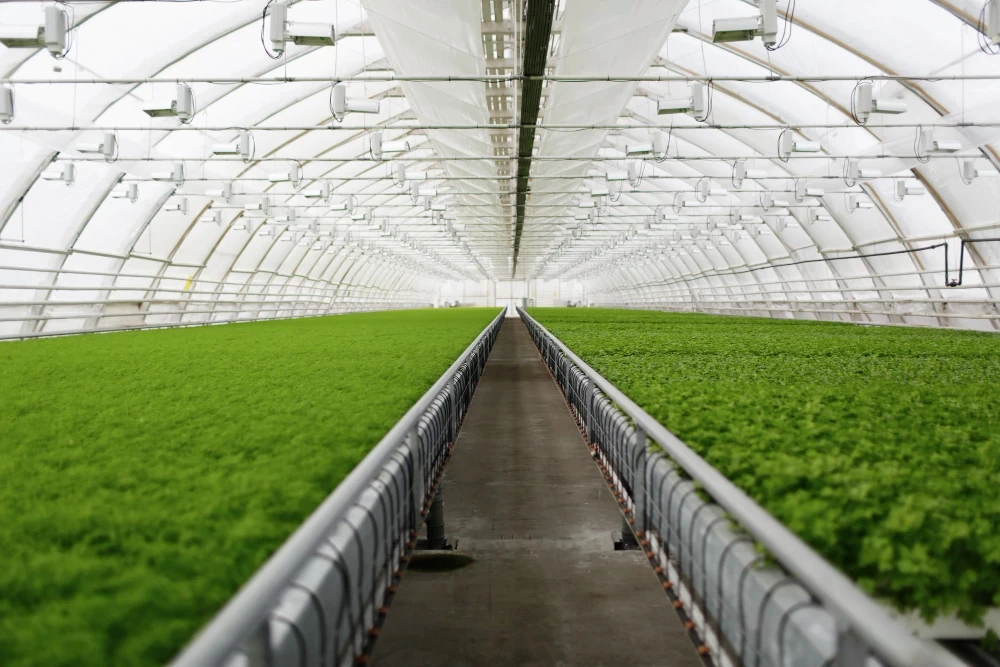
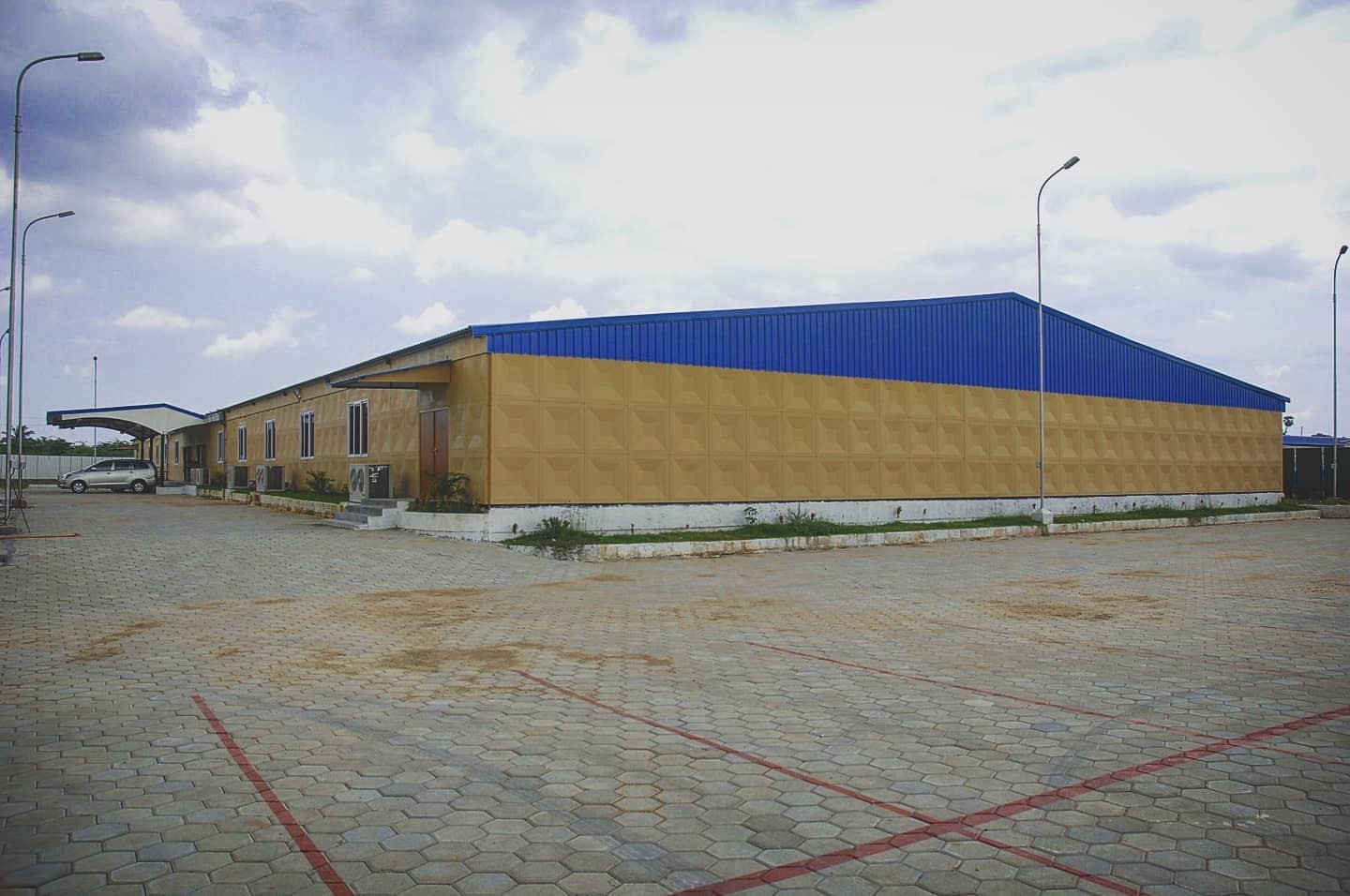
65cf65f046eed.webp)
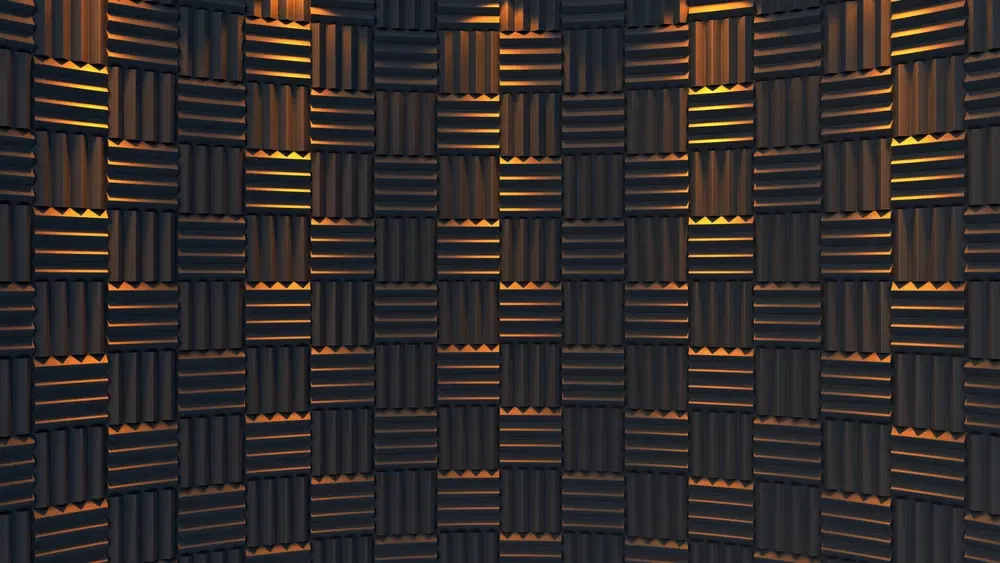
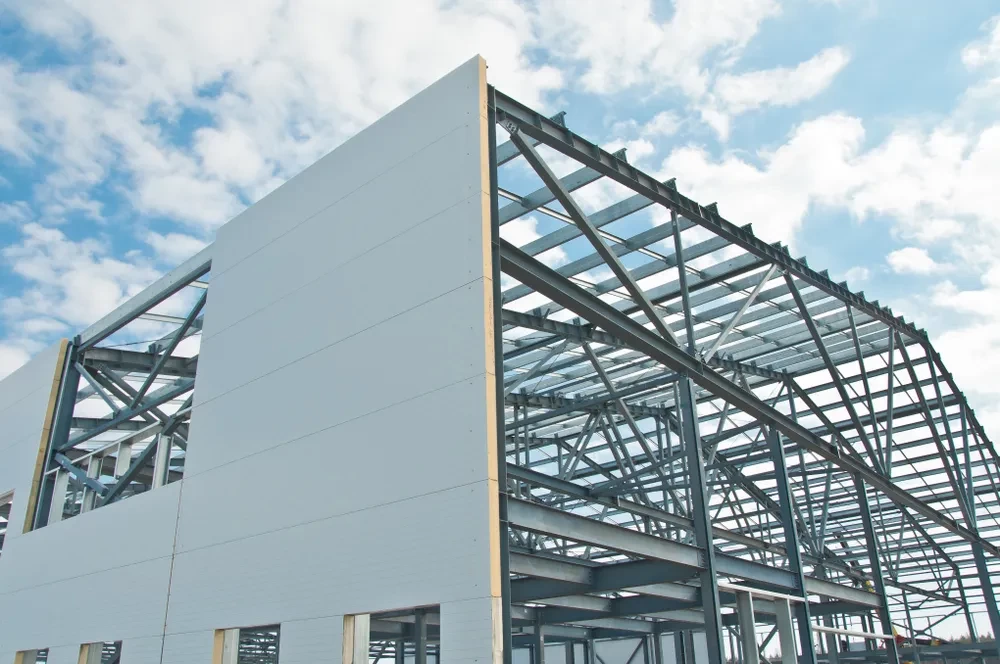
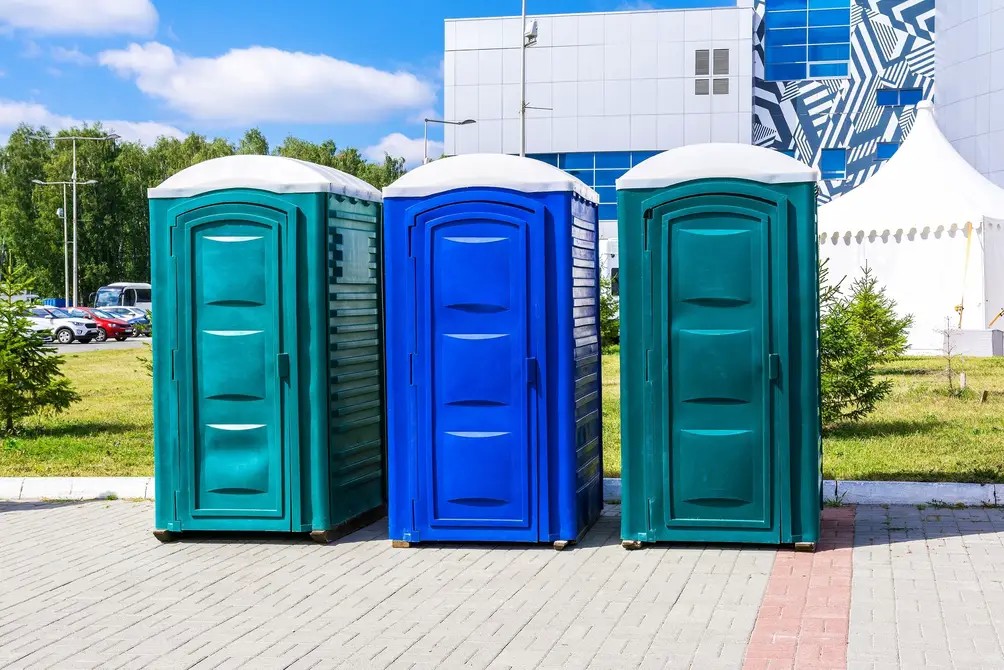
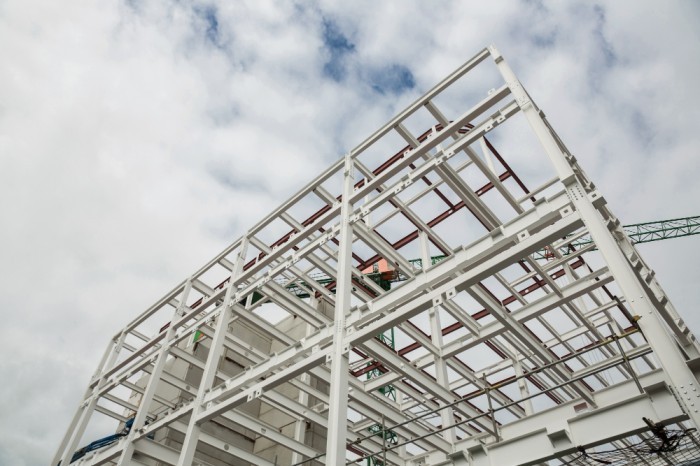
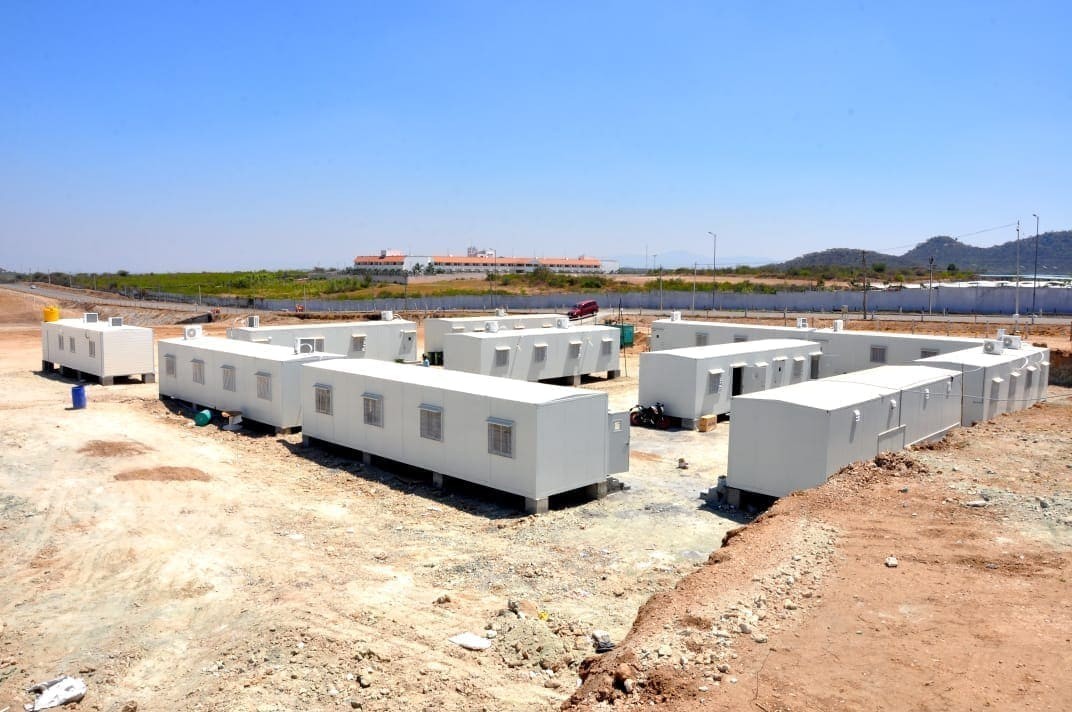
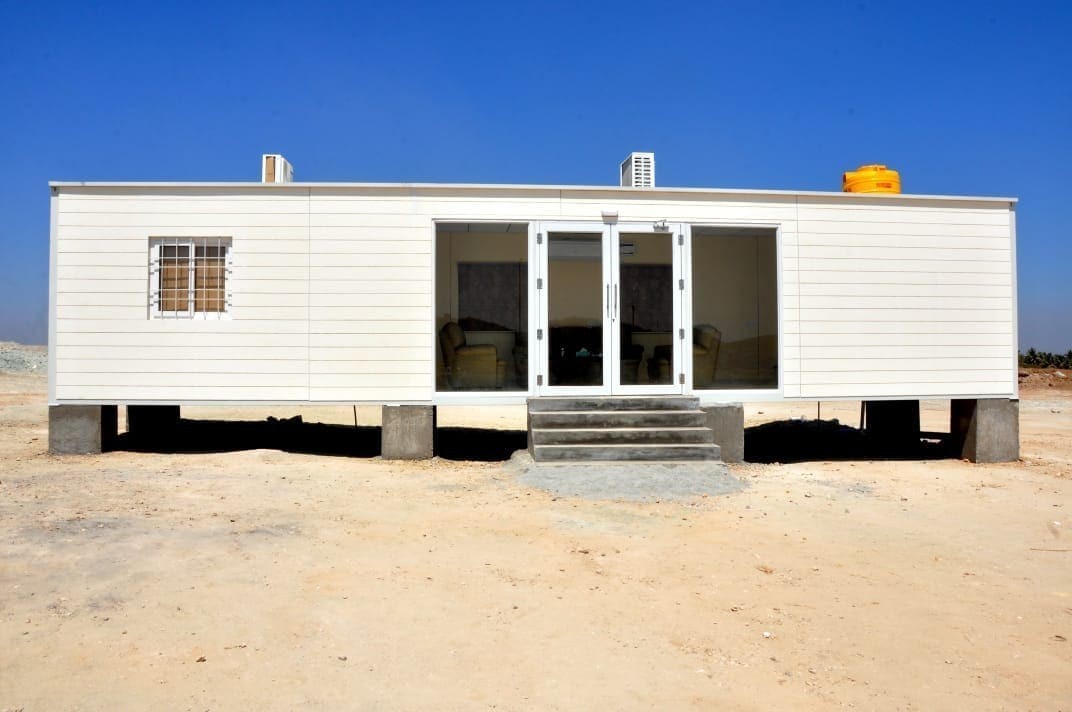
64afe3444467b.jpeg)
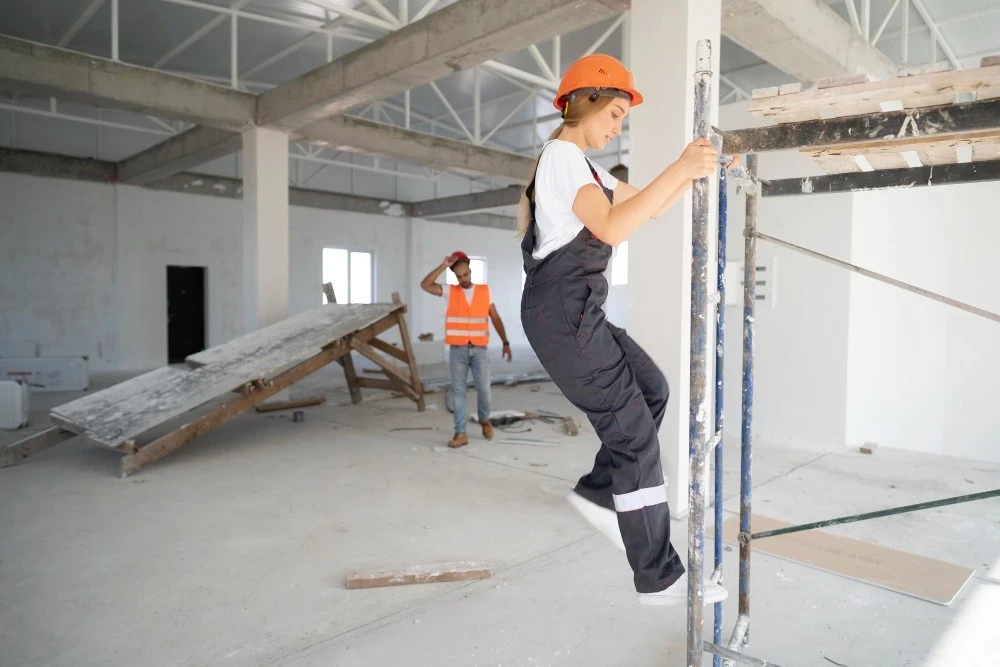
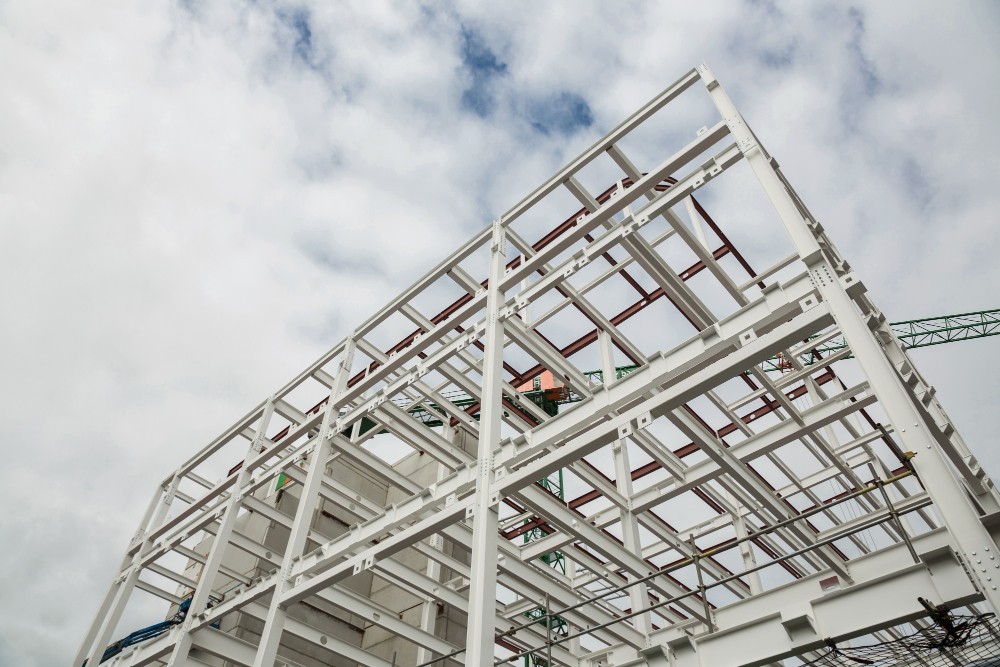
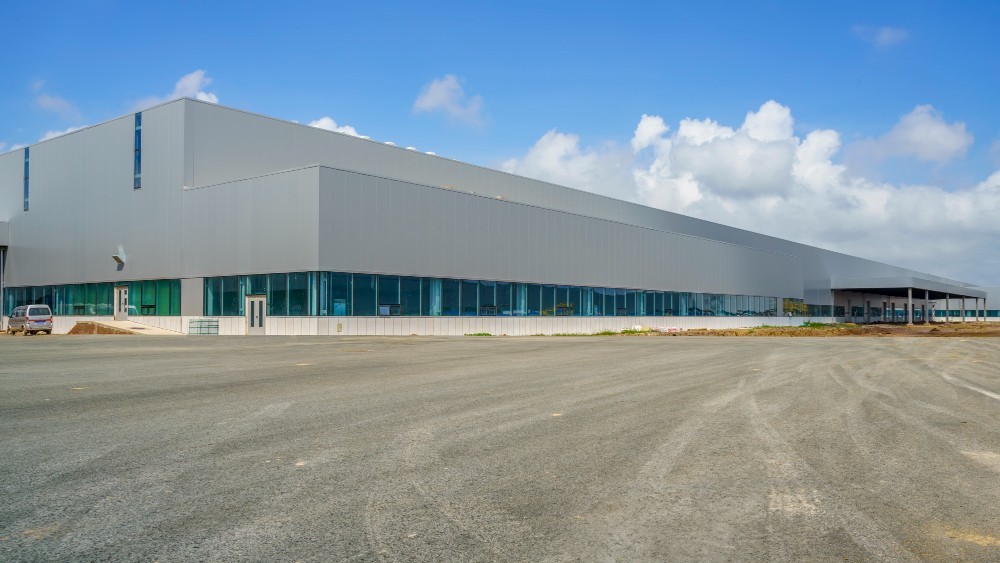
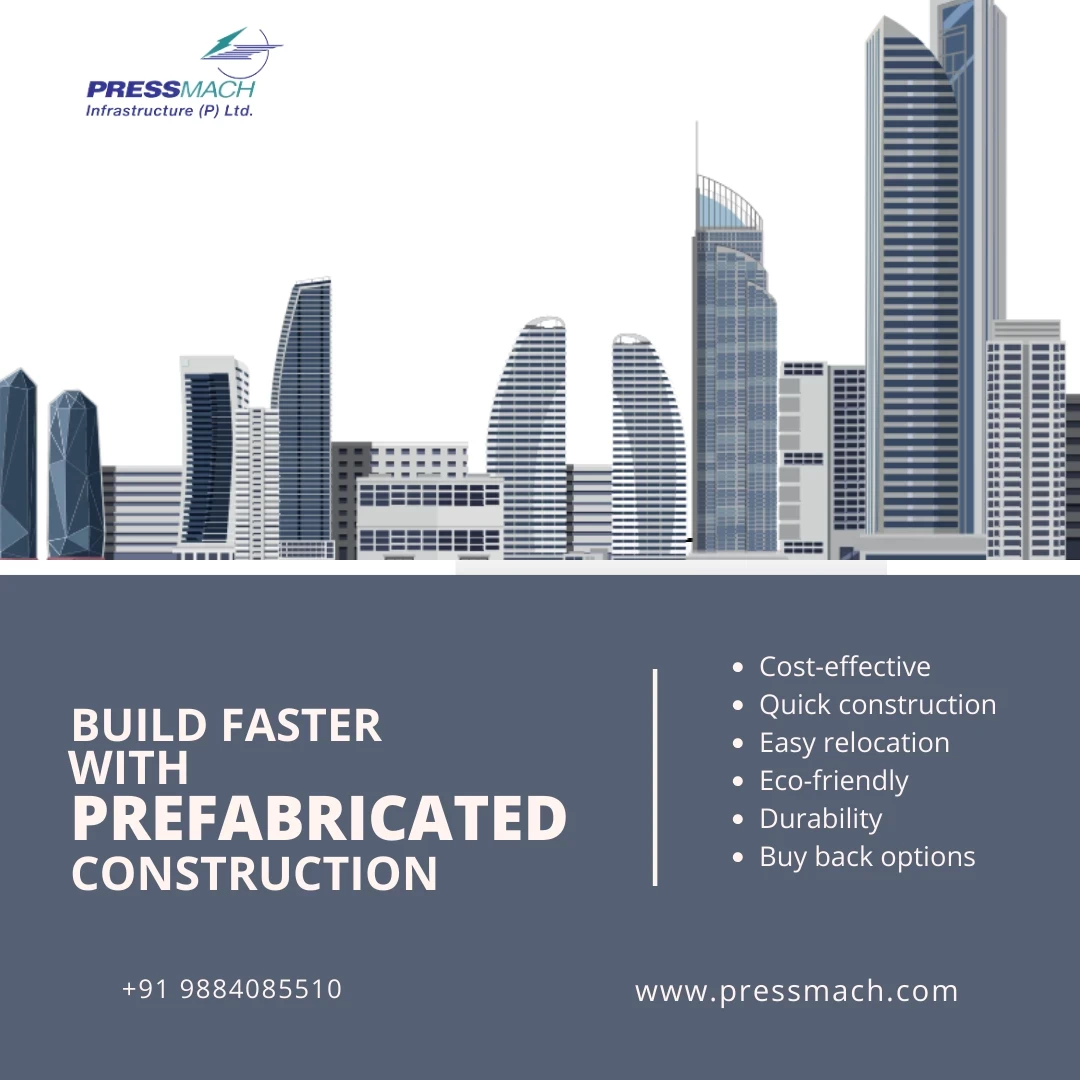
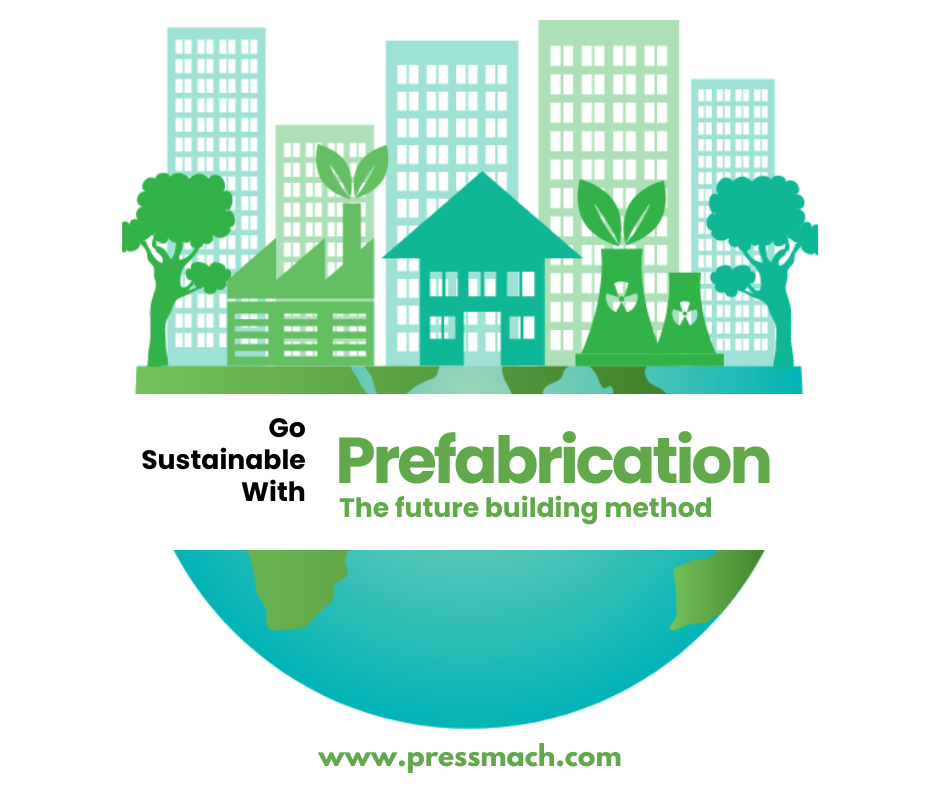
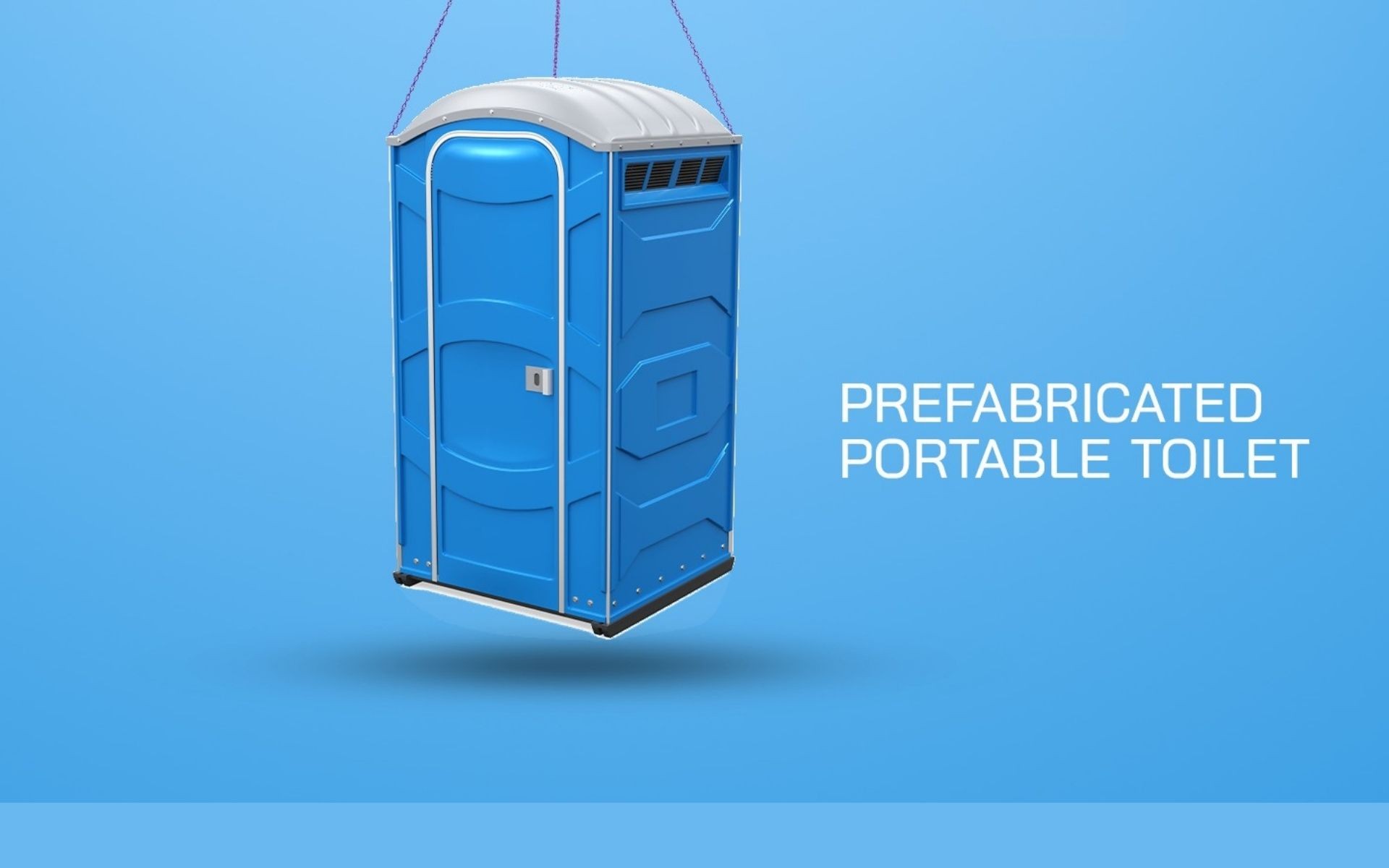

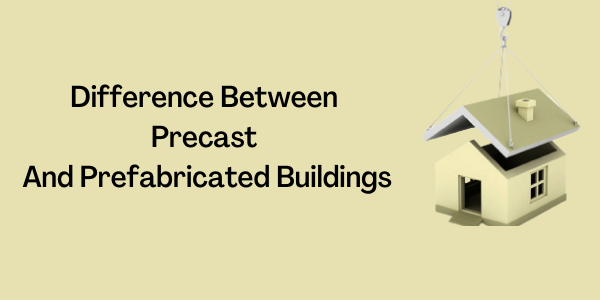
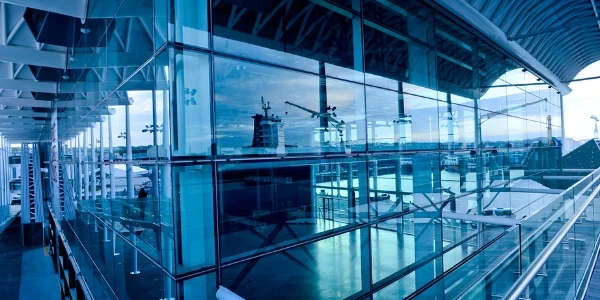

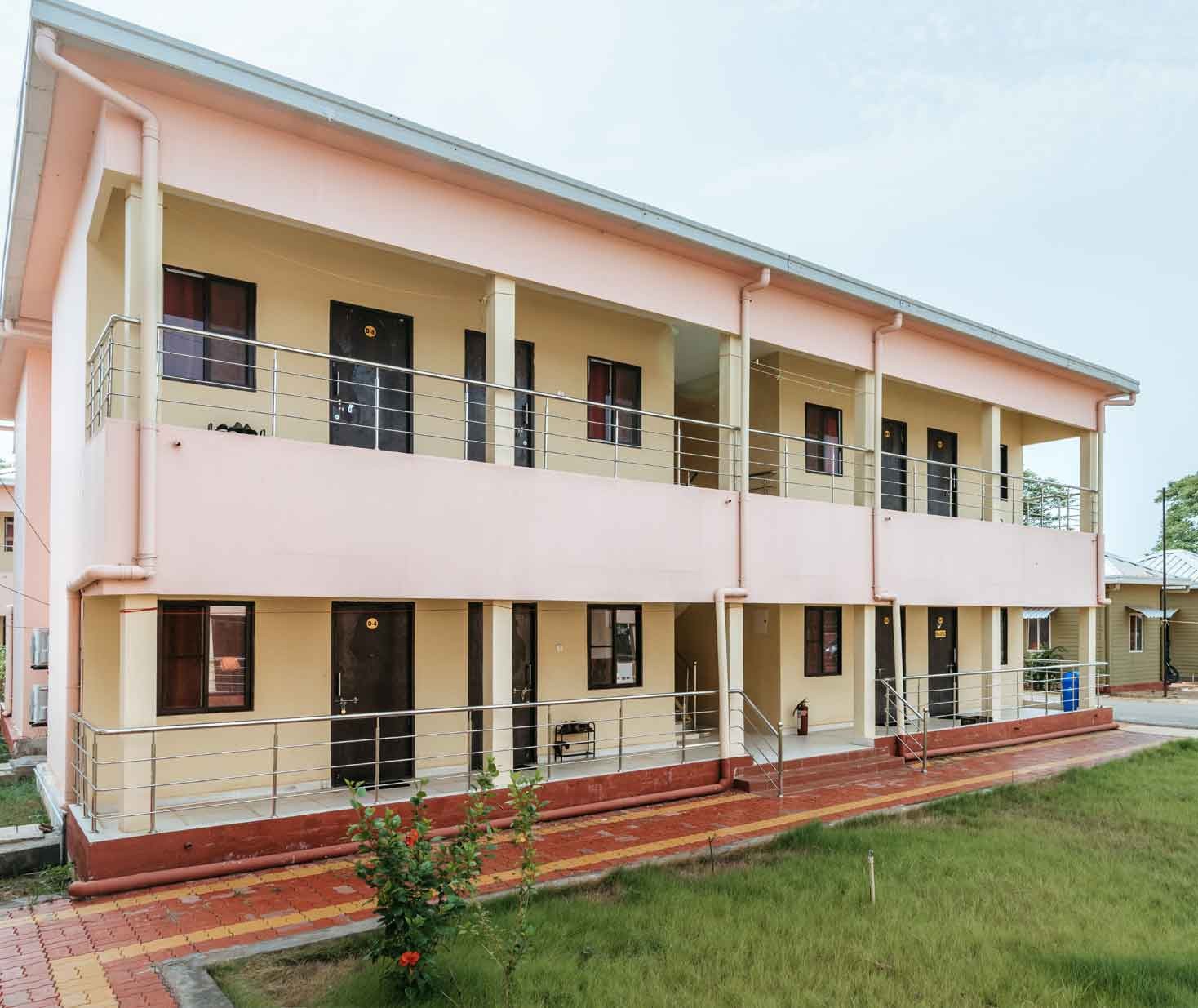
 site office front view622f00119ba65.jpg)

6349487807893.jpeg)